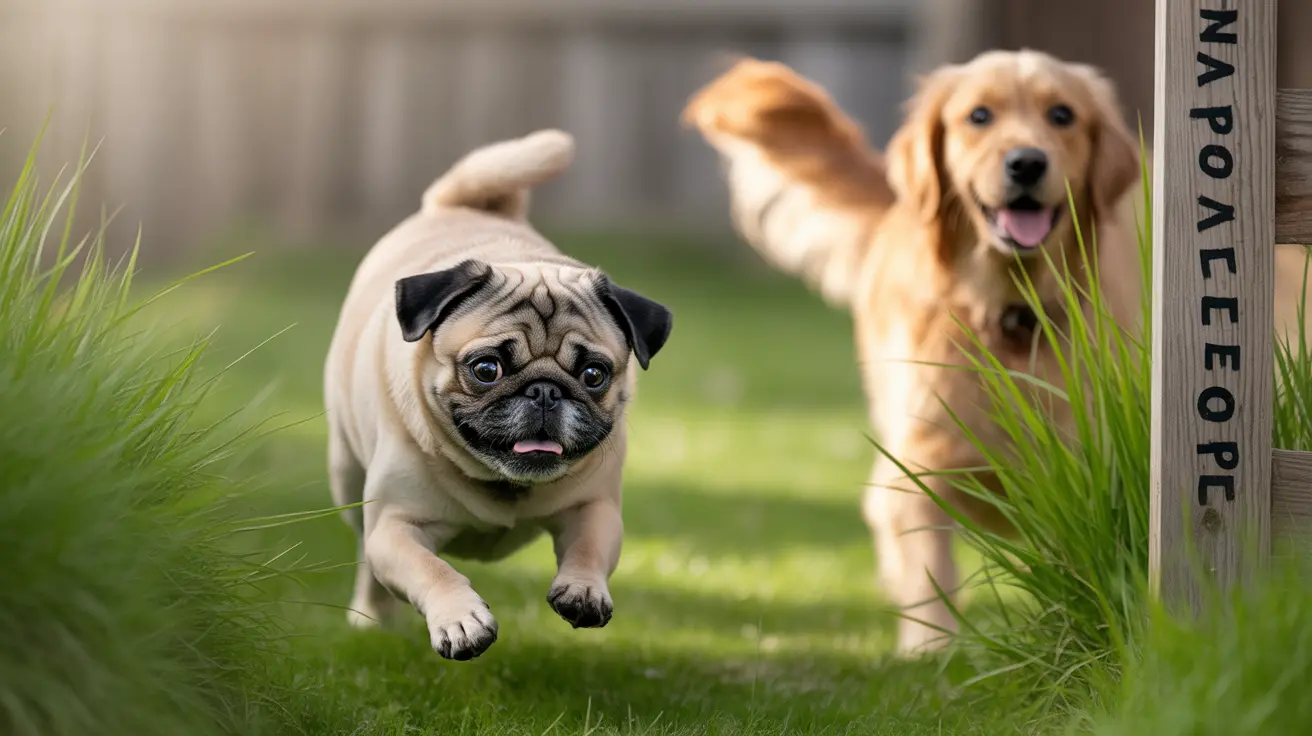Understanding the signs a male dog is ready to mate is crucial for responsible pet ownership, whether you're planning to breed or want to prevent unwanted litters. Unlike female dogs who go through distinct heat cycles, male dogs can be ready to mate year-round once they reach sexual maturity. This comprehensive guide will help you recognize and manage your male dog's mating behaviors.
Understanding Sexual Maturity in Male Dogs
Male dogs typically reach sexual maturity between 6 and 9 months of age, though this timeline can vary significantly based on breed size and individual development. Smaller breeds often mature earlier, while larger breeds may take up to two years to reach full sexual maturity. This period marks the beginning of noticeable behavioral and hormonal changes.
Physical and Behavioral Signs of Mating Readiness
Territorial Marking Behavior
One of the most obvious signs your male dog is ready to mate is increased territorial marking. You'll notice your dog urinating more frequently, especially in new locations or over existing scent marks. This behavior serves to communicate their presence and reproductive status to potential mates.
Changes in Energy and Focus
When a male dog is ready to mate, you'll observe significant changes in their energy levels and attention span. Common signs include:
- Restlessness and pacing
- Increased vocalization
- Difficulty maintaining focus on normal activities
- Persistent attempts to get outside
- Heightened alertness to sounds and smells
Response to Females in Heat
Male dogs can detect a female in heat from remarkable distances, sometimes up to several miles away. When they sense a female in heat, they may exhibit:
- Intense interest in the direction of the female's location
- Attempted escape behaviors
- Mounting behavior toward objects or other animals
- Decreased appetite
- Whining or crying
Managing Your Male Dog's Mating Drive
If breeding isn't your intention, it's essential to implement proper management strategies:
- Secure fencing and careful monitoring during outdoor time
- Consistent leash use during walks
- Consider neutering if breeding isn't planned
- Maintain distance from females in heat
- Provide extra exercise and mental stimulation to help manage excess energy
Frequently Asked Questions
What are the key behavioral signs that indicate a male dog is ready to mate?
The primary signs include increased territorial marking, restlessness, mounting behavior, excessive interest in female dogs, and attempts to escape or roam. These behaviors typically intensify when a female in heat is nearby.
At what age do male dogs typically reach sexual maturity and become capable of breeding?
Male dogs usually reach sexual maturity between 6-9 months of age, though this can vary by breed. Smaller breeds may mature earlier, while larger breeds might take up to 2 years to reach full sexual maturity.
How does a male dog's behavior change when he senses a female dog in heat nearby?
When a female in heat is nearby, male dogs typically become highly aroused, restless, and focused on reaching the female. They may whine, pace, lose interest in food, and attempt to escape their confined area.
What preventive measures can I take to manage my male dog's mating instincts and avoid unwanted litters?
Key preventive measures include secure fencing, constant supervision during walks, keeping your dog indoors when females in heat are nearby, and considering neutering if breeding isn't planned. Training and enrichment activities can also help manage excess energy.
How can I tell if my male dog's increased mounting or marking behavior is related to mating readiness?
If these behaviors suddenly increase, especially in conjunction with other signs like restlessness and attempts to escape, they're likely related to mating readiness. The behaviors often intensify when females in heat are in the vicinity.
Understanding and managing your male dog's mating behaviors is essential for responsible pet ownership. Whether you're planning to breed or want to prevent unwanted litters, recognizing these signs early allows you to take appropriate action and ensure your dog's well-being.






